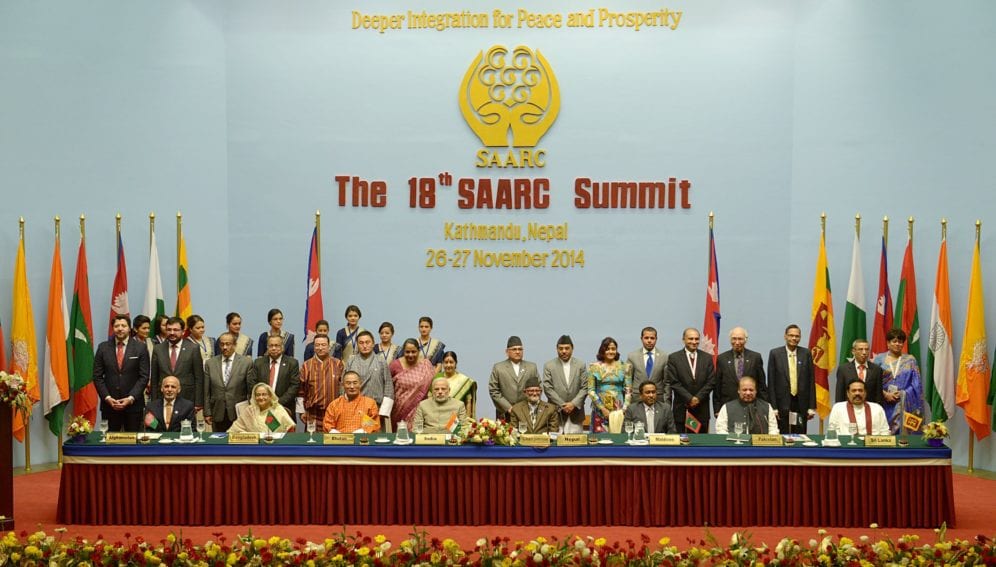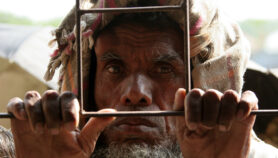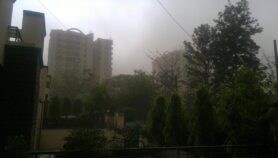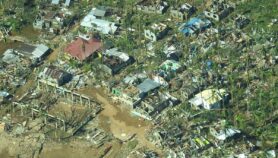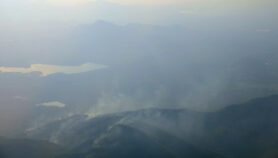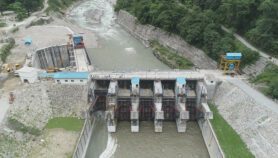Send to a friend
The details you provide on this page will not be used to send unsolicited email, and will not be sold to a 3rd party. See privacy policy.
South Asian countries could have jointly responded to the humanitarian crisis following the Nepal quakes, says P.G. Dhar Chakrabarti.
A magnitude 7.8 quake on 25 April was followed by another on 12 May of magnitude 7.3, causing the worst natural disaster in South Asia after the Asian Tsunami of 2004 and Kashmir earthquake of 2005. Some 9,000 people died, three million others were affected and more than a quarter of the GDP of the landlocked Himalayan state wiped out.
Member countries of the South Asian Association for Regional Cooperation (SAARC) could have put their hearts, heads and hands together in mounting a joint response to the massive humanitarian crisis, but not even a faint attempt was made in that direction. This despite the existence of a regional framework on disaster management for almost a decade. SAARC members did make individual efforts for search, rescue and relief in a competitive show of support, which only offended the sensitivities of the people, forcing the Nepal government to ask these countries and their agencies to back off.
SAARC disaster centre
It was in the aftermath of the Asian Tsunami that the SAARC countries developed the South Asian Framework on Disaster Management and created a SAARC Disaster Management Centre (SDMC) in New Delhi. The SDMC developed road maps for various aspects of disaster risk management and identified projects for risk assessment, capacity building and sharing of good practices for management of disasters. Professional and technical institutions across the SAARC countries were roped in for development of guidelines and conduct training programmes. A SAARC Disaster Knowledge Network was created to share disaster management related knowledge and practices among the people of the countries and even presented for the Global Platform on Disaster Risk Reduction in Geneva.
A SAARC Agreement on Rapid Response to Natural Disasters was drafted through a process of consultations among the national disaster management authorities and foreign ministries of the countries. Immigration and customs authorities of the member countries were involved to agree on common arrangements for facilitating movement of relief materials and personnel across borders. A protocol for setting up a 24×7 regional emergency operation centre in SDMC was also developed. The agreement was finally adopted at the SAARC Summit in Male in 2011.
Yet, when disaster stuck and the UN CHA issued appeal for US$ 422 million as humanitarian assistance to the victims, barely one-fourth of the amount could be mobilised. SAARC did nothing to extend a helping hand to Nepal, a founding member and secretariat host for three decades.
Donors’ conference
With relief and early recovery efforts moving at a snail’s pace, the government of Nepal has convened an international donors’ conference in Kathmandu on 25 June to solicit support for mobilising US$ 6.6 billion for reconstruction, based on Post-Disaster Need Assessment by the country’s planning commission in collaboration with UN and multi-lateral funding agencies. India had offered to host the Conference but this did not receive the approval of the Nepali government.
SAARC is nowhere to be seen in the entire process, whereas this should have been its foremost priority to put in practice all the frameworks, road maps and agreements it developed all these years. On the contrary, in a retrograde move, SAARC decided to merge the SDMC with a number of other regional centres into the proposed SAARC Disaster Management and Environment Centre, with jurisdiction dispersed on so many diverse issues of environment and climate change that the vision and mission for which SDMC was created will lose much of its focus and importance. Where to locate the headquarters of the SDMC has been a subject of dispute with seven out of eight member countries staking claims, and a unanimous decision elusive.
While SAARC went one step forward and five steps backward, the Association of South East Asian Nations (ASEAN) has moved by leaps and bounds. They adopted the ASEAN Agreement on Disaster Management and Emergency Response (AADMER) in 2005 and completed the process of ratification of the agreement by 2011 to stake claim for operationalising the first legally binding regional agreement on disaster management. The member countries of the ASEAN have been conducting regular joint exercises on disaster relief and rescue, on a rotational basis as suggested by Indian Prime Minister Narendra Modi. An ASEAN Coordinating Centre for Humanitarian Assistance on Disaster Management (AHA) is now leading regional rapid response to disasters.
A few years back it used to be said that ‘ASEAN has an agreement but no centre, and that SAARC has a centre and would soon have an agreement’. Now it must be admitted that ASEAN has both an agreement and a centre while SAARC has neither.
Another opportunity
The 25 June Donors Conference in Kathmandu provides one more opportunity for the leaders of the South Asian Countries to join hands and pledge support to rebuild Nepal. Not all SAARC countries have the capacity to support Nepal substantially, but the will and intention for such support, however modest, may make a difference. Will the SAARC Secretariat take the call to quickly move a proposal to seek the support of member countries and present a South Asian front at the conference? Or will another opportunity be passed over?
P. G. Dhar Chakrabarti, a distinguished fellow at The Energy and Resources Institute (TERI) was founding director, SAARC Disaster Management Centre, New Delhi. The opinions here are his own.
This article has been produced by SciDev.Net's South Asia desk.


